Game description:
Interior Design is a creative simulation game where players take on the role of a virtual decorator responsible for planning and furnishing various indoor spaces. The objective is to arrange rooms in a functional and visually organized way using a catalog of furniture, materials, and color options. Whether designing a modern apartment or a traditional house, the player has access to tools that allow for detailed customization. The game emphasizes experimentation, letting users adjust elements until they achieve the desired effect.
Design Approach and Room Planning
At the start of each project, players are given a space to furnish. They can choose from a range of room types, including living rooms, kitchens, bathrooms, and offices. Each room begins empty or with a few starting elements, and players fill the space by selecting and placing items. Items can be rotated, resized, and colored to match the intended theme. Players must also consider practical details like walking space and furniture arrangement to avoid clutter.
Gameplay Features and Functional Elements
The game includes several interactive systems that enhance the design process. Players can save layouts, revisit older projects, or enter themed design challenges. A scoring system evaluates how well the room meets criteria like balance, harmony, and use of space. Some modes limit resources to simulate working under a budget or time constraint, while others allow free design.
Core gameplay elements include:
· Drag-and-drop placement for furniture and decor
· Room-specific design templates and layouts
· Unlockable furniture styles and color palettes
· Evaluation based on aesthetics and usability
· Sandbox mode for unrestricted creativity
Visuals, Feedback, and Game Flow
Interior Design uses a clean visual style that keeps attention on the furniture and space itself. Objects and textures are presented with enough variety to allow for distinct results in each project. Feedback is given through ratings, client reactions, or progress milestones. Background music and interface sounds support the relaxing nature of the experience, making it suitable for focused play sessions or casual interaction.
Interior Design offers players a structured but flexible way to explore room planning and decoration. Its system encourages learning through trial and improvement, helping users develop an understanding of interior layout and visual balance. The ability to switch between challenge-based goals and open-ended design makes the game accessible for different types of players interested in space organization and creativity.








































































































































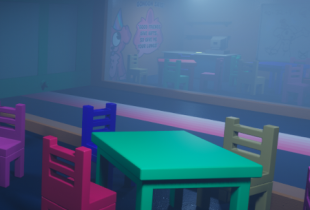
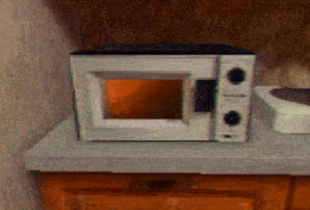
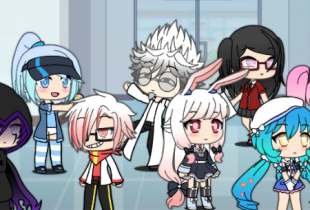







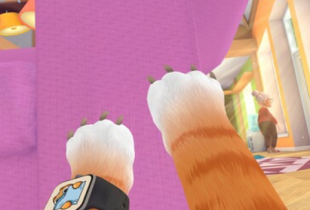
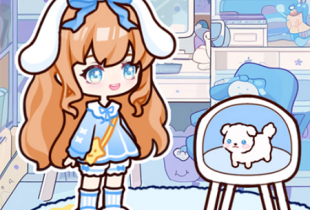
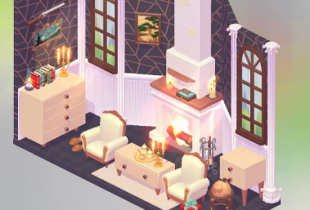



Comments